Prior to meeting historian Anistatia Miller in 2023, I was under the impression that London dry gin was a derivative of Dutch genever, popularised in England after the 30 Years’ War (1618-1648). I had acquired this knowledge at an admittedly expensive make-your-own gin workshop.
Miller soon put me straight. She had found evidence of German housewives making spirits with juniper berries as far back as the 15th century. By 1639 – around 10 years prior to genever’s arrival in Britain – a recipe mirroring the structure of modern English gin had been published in London.
These findings are presented in Miller’s new book, A Most Noble Water: Revisiting the Origins of English Gin (rsp: £14.95), which she wrote with Jared Brown, Sipsmith’s co-founder and master distiller.
While certain chapters are clearly aimed at alcohol buffs – the detailed descriptions of various distillates and the equipment used, for example – the text also offers a broader, revisionist look at gin’s role in London’s social history.
The so-called Gin Craze of the 18th century, for instance, was no more than “tabloid puffery”, according to Miller and Brown. London’s frost fairs, meanwhile, which took place from 1650 to 1814, saw city-dwellers congregate on the frozen River Thames to enjoy gin and gingerbread.
To coincide with the book’s publication, Sipsmith has released a 1639 edition, inspired by the uncovered recipe published in the same year. While I’m looking forward to trying it, I’ll leave the details of its distillation to the masters.







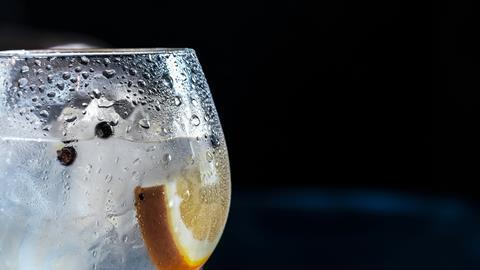
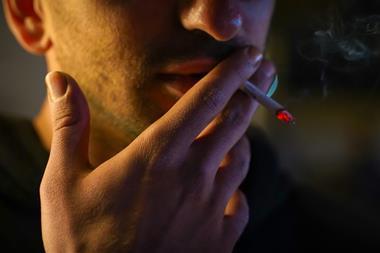
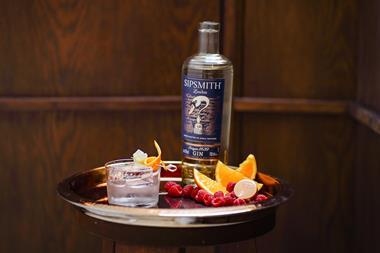



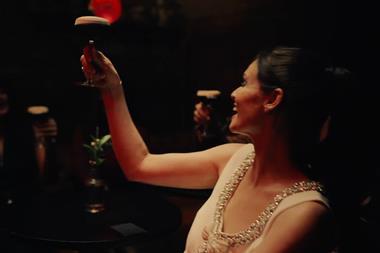

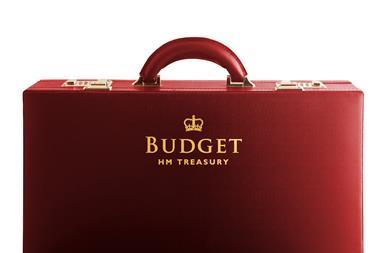

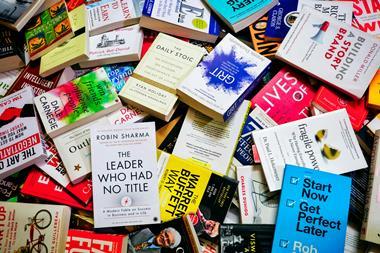

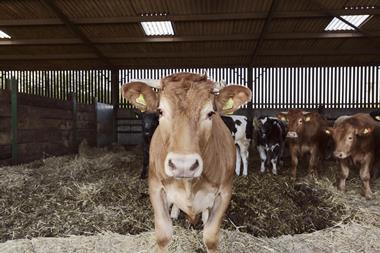
No comments yet